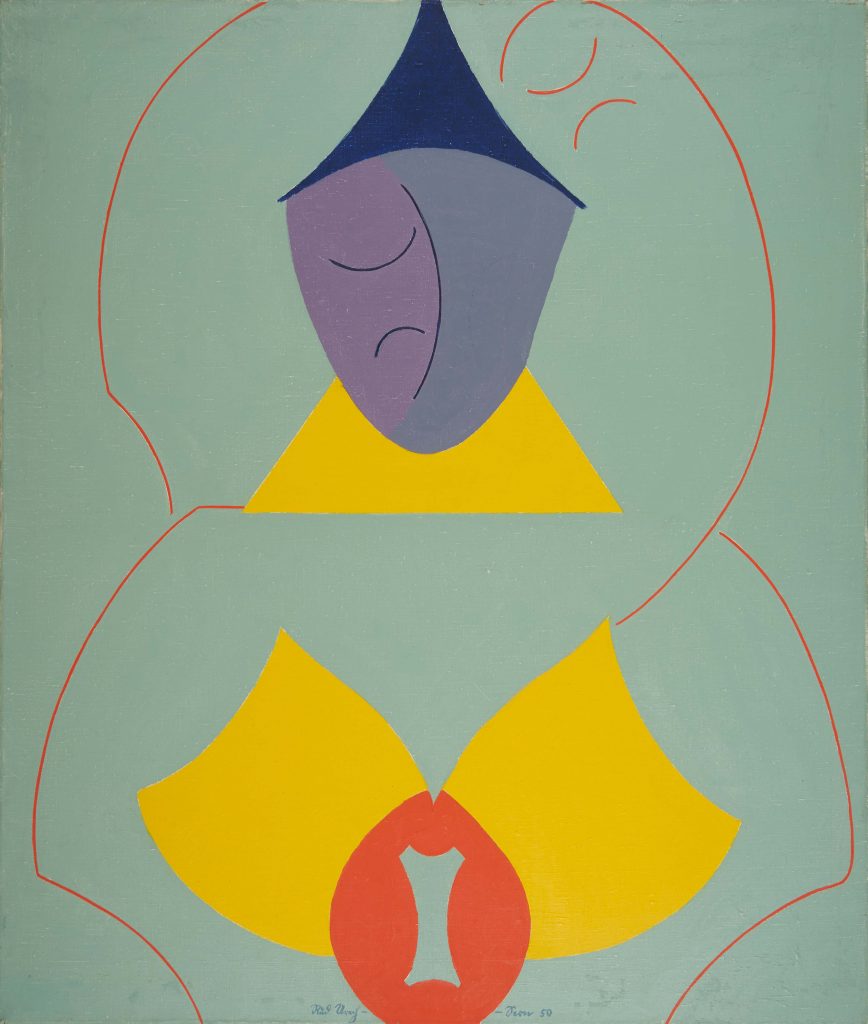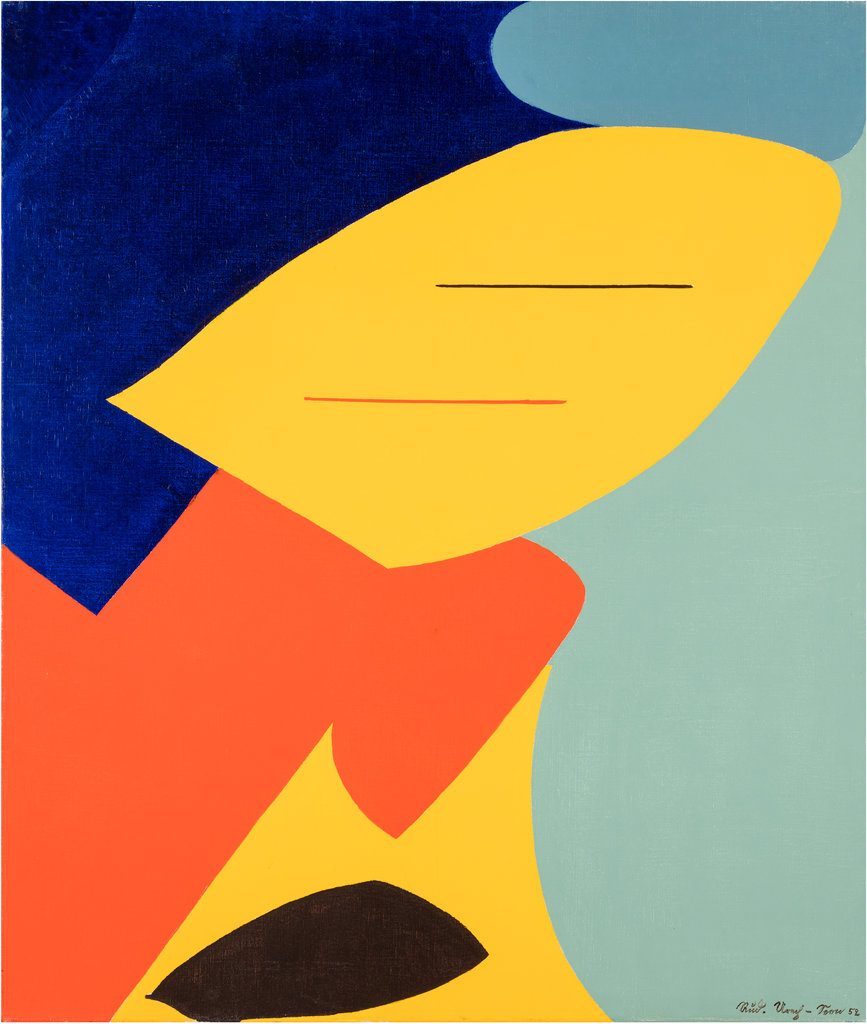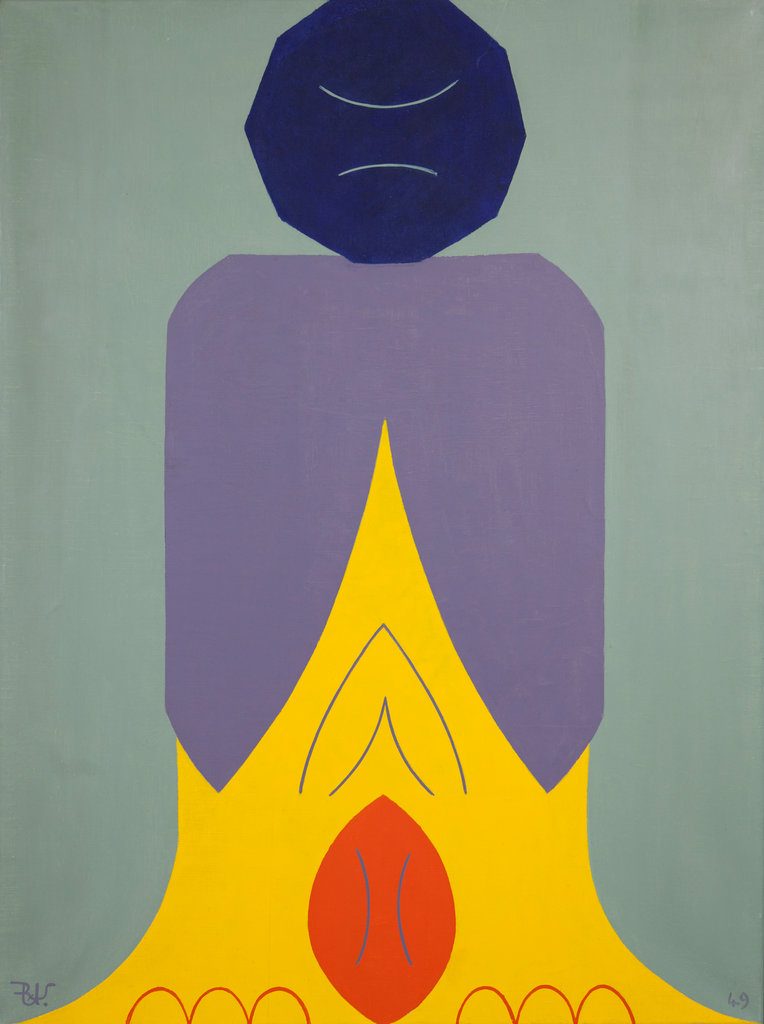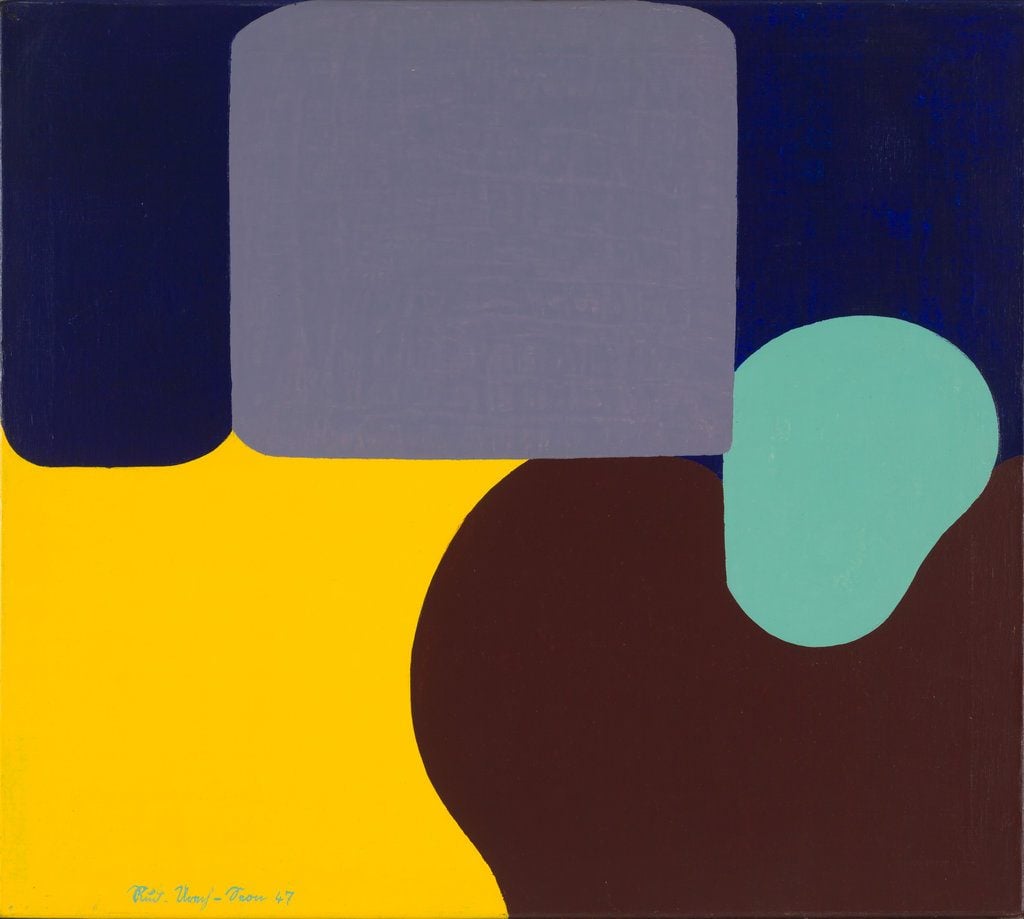This Swiss Artist’s Dream-Like Paintings Fell Into Obscurity in the 1950s. A Zurich Exhibition Is Putting Them Back in the Spotlight


Katie White

Little-known Swiss artist Rudolf Urech-Seon (1876–1959) was something of a recluse even at the height of his career, during the middle decades of the 20th century. But his delightfully idiosyncratic paintings are finally seeing the light of day in “A Foreign Visitor,” a surprising exhibition currently on view at Zurich’s Galerie Bromer.
The show, which inaugurates the gallery’s second Zurich space, takes its name from a painting by the artist, but it’s also an allusion to the man behind the brush.
Born in the Swiss canton of Aargau, Urech-Seon never quite felt at home in his nation’s capital city of Zurich. This disconnect, it becomes apparent, was felt artistically as much as it was personally.

Rudolf Urech-Seon, Abtausch (1952). Courtesy of Gallery Bromer.
Studying at the Academy of Fine Arts in Munich (1913–1916), Urech-Seon began early in his career to underlie his paintings with grids inspired by carefully calculated mathematical ratios.
In tone, his earliest abstractions were still strongly referential of the natural landscape, but over time, he would develop a distinctive color vocabulary consisting of only a few strong hues—primarily blue, red, yellow, purple, and turquoise—which boldly characterize the works on view at the gallery.

Rudolf Urech-Seon, Fremder Gast (1949). Courtesy of Galerie Bromer.
Many of the works in the exhibition date to the 1940s and the years Urech-Seon was a member of the artist group Allianz, which included artists such as Max Bill, Sophie Taeuber-Arp, and Richard Paul Lohse.
By those years, Urech-Seon had developed an unmistakable, abstract visual language that must have seemed quite alien at the time, teetering between color field abstraction and surrealistic figuration with fantastical, dream-like creatures and other totemic symbols.

Rudolf Urech-Seon, Der Gedüngte (1947). Courtesy of Gallery Bromer.
Throughout the later 1940s, Urech-Seon would find some recognition participating in a number of Allianz-organized exhibitions in Switzerland and showing at the Salons des Réalités Nouvelles in Paris in 1948 and 1950.
But from the early 1950s until his death, Urech-Seon worked in quiet seclusion, creating works defined by a reduced formal language, fine lines, and precisely defined surfaces. These works have remained in the family estate, largely hidden from the public for several decades, and are a very welcome addition to the narrative of mid-century European art.
“Rudolf Urech-Seon: A Foreign Visitor” is on view at Galerie Bromer through December 19, 2020.